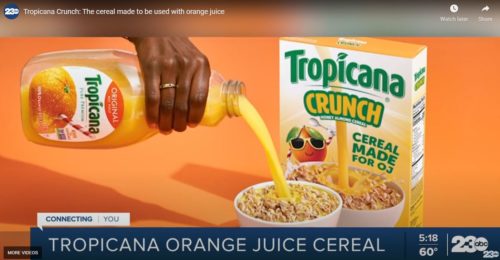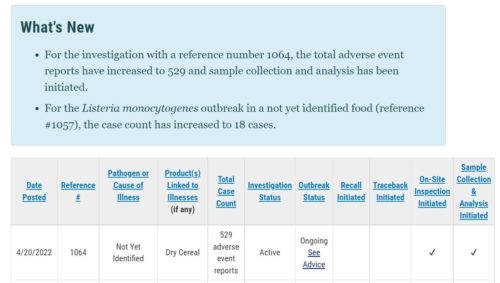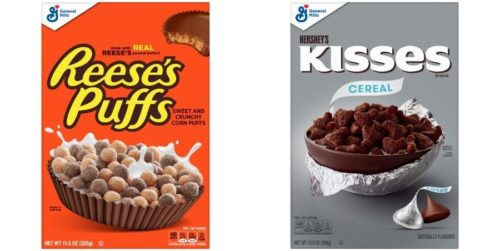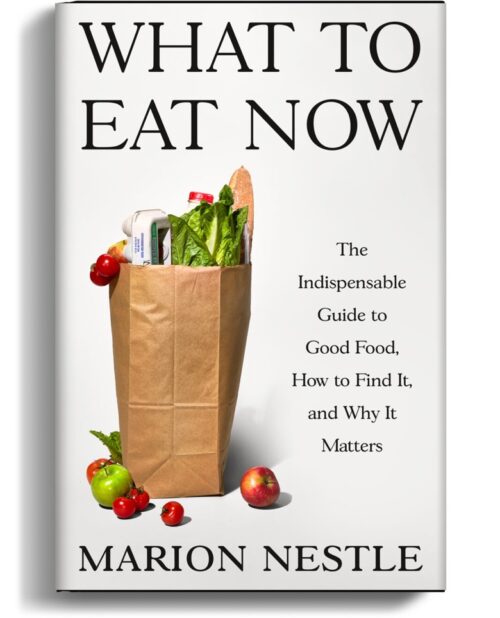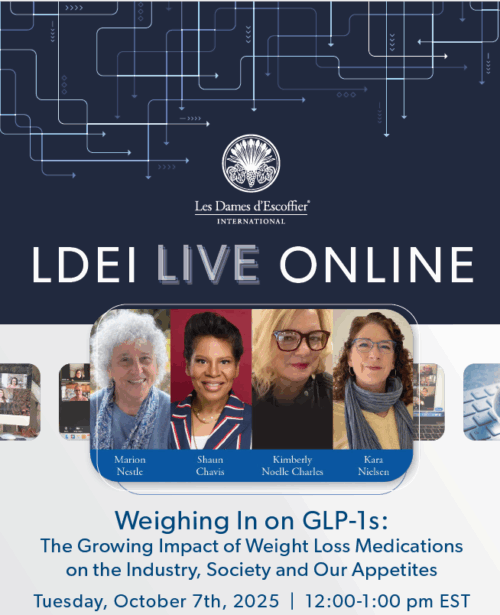Keeping up with plant-based food products
Replacing animal-based foods with plan-based foods continues to be high on the startup agenda. Here are some recent items:
On the business side:
- Growing demand for alternative protein sources, new report claims: There is a growing demand for protein sources for both human and animal consumption, a new report from UK Research and Innovation’s (UKRI’s) Transforming Food Production Challenge programme has revealed. Read more
- Breaking news: Kellogg Company splits into three: The Pringles, Special K and Eggo maker is making a bold move to separate into three independent companies, spinning off its US, Canadian and Caribbean cereal and plant-based businesses, which collectively represented approximately 20% of its net sales in 2021…. Read more
Plant-based meat alternatives:
- Mighty mushroom: Mycoprotein touted as future of protein due to flavour, nutrition and sustainability credentials Asia’s first mycoprotein technology firm Mycovation believes that its products are the true future of alternative protein, with the firm touting its flavour, nutrition and sustainability credentials…. Read more
- ‘Faux chicken fooled me’: One in five American consumers in a national survey said they accidentally purchased a plant-based protein alternative while believing it was chicken. (National Chicken Council)
- New method to extract protein from tomato leaves: A new method of extracting protein from tomato leaves could help accelerate adoption of plant-based diets and boost the sustainability of plant-based meat alternatives, according to Wageningen University & Research. Read more
- Beyond Meat to launch plant-based steak, CEO says: Beyond Meat will launch a plant-based sliced steak product most likely later this year, CEO Ethan Brown said at The Wall Street Journal’s Global Food Forum, the newspaper first reported. It will first launch at retail and then in some restaurants, Brown said at the event.
Plant-based chocolate:
- Hershey replaces milk solids with roasted grain flour for improved dairy-free chocolate: The Hershey Company has filed a patent application covering the substitution of dairy solids with roasted grain flour, which it says yields ‘improved organoleptic and rheological properties’ over known dairy-free chocolates…. Read more
- Mars unveils ‘earth-friendly’ animal-free dairy chocolate brand CO2COA: ‘We believe there is a sizable consumer opportunity in this space.’ Mars is dipping its toes into the emerging animal-free dairy space with the launch of a lactose-free milk chocolate brand called CO2COA featuring Rainforest Alliance Certified cocoa and Perfect Day’s non-animal whey protein, which is made by genetically engineered microbes, not cows…. Read more
Sufficiently delicious? You decide.

